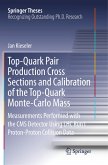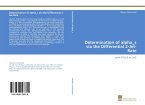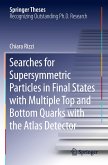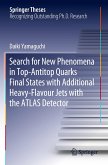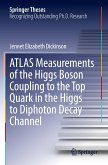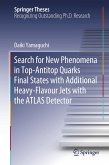An analysis is presented based on an integrated luminosity of 2.9 1/pb of 7 TeV center-of-mass energy proton-proton collision data in ATLAS at the Large Hadron Collider. The data have been collected between March and September of 2010. Clear signals from W+jets and Z+jets events have been obtained. The aim of the analysis is to observe top quark pair production in proton-proton collisions. The dominant background contributions in the signal region are W+jets and multijet production processes. The rates of these backgrounds in the signal region have been estimated by data-driven methods using signal-free, sideband regions as auxiliary measurements. Two analysis approaches have been used and yielded consistent results. The first approach allowed more multijet background in the data in order to estimate its rate reliably. The other approach introduced a discriminator selection to suppress the multijet background. The use of Monte Carlo simulation based normalizations were minimized as much as possible. The size of the observed excess in data is consistent with the expectation for top quark pair production at the LHC.


